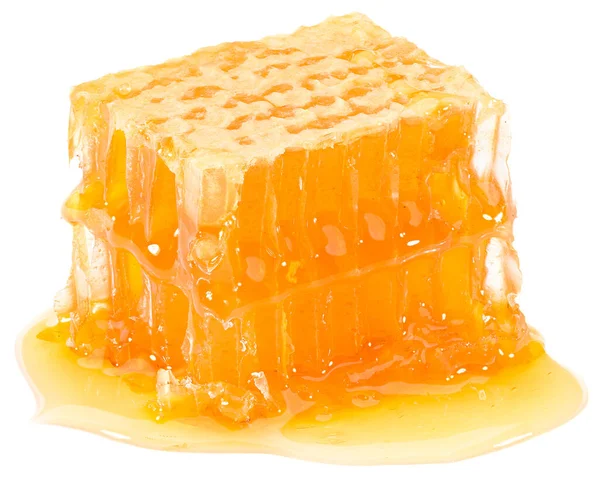No products in the cart.
Return To ShopWe are quietly confident that our pure, raw, proper honey is up there with the most delicious and nutritious that you can buy, as it’s made by our bees who feast like kings and queens all summer long in the ancient forests and heaths of Sherwood.
But… what exactly is it that gives raw honey its superstar, rockstar status?
What is raw honey?
Raw honey is honey that comes straight from the hive, just as the bees made it and nature intended. After being extracted from the honeycomb, it is coarsely strained to remove bits of beeswax only, so allowing all pollen and other healthy goodies to get through, such as the honey’s natural enzymes, antioxidants, vitamins, antibacterial properties and so on.
What is processed honey?
Processed honey, on the other hand, has usually been heated and filtered to improve its appearance, shelf life and texture. Heating makes the honey easier to bottle and less likely to crystallise. However, it also destroys many of the beneficial nutrients and enzymes found in raw honey. The honeys can also be colour dyed so giving a uniform colour across brands.
In most cases, processed honey is cut with sugar-based, pollen-infused syrups and additives to bring the retail prices down. This allows for honeys to pass authentication tests as they contain the minimum pollen contents required.
Examples of this can be seen in many supermarket-bought honeys. While this kind of honey looks bang on in the jar and on the shelf, it has lost the mainstay of its natural goodness in the heating and cutting processes.
Also it must be borne in mind that different countries have different definitions of what constitutes honey.
Here in England, the honeycomb must be capped for the contents to be classed as honey. Other countries class honey as uncapped liquid collected by the bees held in a honeycomb, but not capped.
In this country, we call that nectar and we try to keep it out of our honey for it is only partially processed by the bees or not at all, increasing water levels in the honey and leading to honey fermentation.
So when on the label it says a blend of EU and non-EU honeys, what does this actually mean if different countries have different definitions of what constitutes a honey?
Why choose raw honey?
Raw honey is the real McCoy: it’s honey as nature intended it, rather than the window-dressed, syrup-diluted versions found on the supermarket shelves that are meticulously designed to cut production costs, maximise profits and keep the British beefarming economy in decline.
While it’s completely tempting to throw this pale imitation bargain jar of honey into your supermarket trolley, because it does look good, rather than source proper honey from a beekeeper or beefarmer (even some of the specialist suppliers cut their honey), here’s what you are missing out on:
A rich source of nutrients: Raw honey contains small amounts of B vitamins, amino acids, enzymes and powerful antioxidants such as flavonoids and phenolic acids. These are largely destroyed when honey is pasteurised.
Natural antibacterial properties: Raw honey has long been used for wound healing and soothing sore throats. It contains hydrogen peroxide (a natural antiseptic), which can help fight bacteria. With heather honey, some tests have found it to contain the same levels of antibacterial properties, if not more, than Manuka honeys.
The real taste of honey: Raw honey offers a more complex flavours and taste experiences, reflecting the flowers and environment the bees have traversed. Every jar of proper honey can be slightly different to the next in flavour and hue, just as any two summers are never the same.
Help with allergies: Raw honey, be it local or not, can help some people build a tolerance to local pollen, potentially easing seasonal allergy symptoms.
Support for sustainable food production: When you buy raw honey directly from small producers like ourselves or local beekeepers, you’re supporting sustainable and ethical beekeeping practices that help protect bee populations, be it honey bee, bumble bee or down to the more elusive solitary bee populations.
More than this, you’ll also be supporting local biodiversity: when honey bees gather pollen all day long, they are not just bringing the goods back to base, but also carry the pollen from flower to flower so that fertilisation takes place and thus more plants grow. Plus their more populous presence reduces predation pressure on other bee species.
In an age when climate change, pollution and changing land use are threatening nature and wildlife, every little positive gesture, such as sourcing food from local suppliers (particularly us, wink, wink, nod, nod), helps.








